While breastfeeding is a special experience between a mum and her little one, it does come with its share of surprises. We usually expect breast milk to appear like “normal” milk which can be white or creamy. But what do we do when we experience other colours? In this blog, we’ll help you navigate these surprises by sharing what’s normal and what might require a closer look with your doctor.
We’ve also created this helpful infographic to show the different colours of breast milk, along with explanations.

What Causes Breast Milk to Appear Yellow?
If you just started breastfeeding, your first milk, or colostrum, will likely appear thicker and yellow. Colostrum is rich in antibodies and other nutrients that help protect your baby against infections and diseases; that’s why it is also called a “natural vaccination” for your baby. This yellow colour of colostrum is a sign that your breast milk is packed with nutrients that will benefit your little one.
Apart from colostrum, the colour of breast milk can change depending on diet. Foods high in beta-carotene, such as carrots and sweet potatoes, can cause milk to appear yellow or orange, and that’s not a bad thing!
What Causes Breast Milk to Appear White?
Within the first two weeks after postpartum, the colostrum gradually changes into mature milk. This causes your milk to transition from yellow to white. White breast milk is often a sign that your body is producing mature milk, which is perfectly balanced to meet your baby’s nutritional needs.
What Causes Breast Milk to Appear Blue?
The slightly blue breast milk you notice at the beginning of your pumping or breastfeeding sessions is the foremilk. Foremilk contains less fat and higher electrolytes, which causes the milk to change into a bluish appearance. This foremilk then gradually transitions into hindmilk towards the end of the session, resulting in a creamier white or yellowish colour. Read our guide about foremilk vs. hindmilk to learn more about these two types of milk and what they mean to your baby’s nutrition.
 What Causes Breast Milk to Appear Green?
What Causes Breast Milk to Appear Green?
Green breast milk can result from eating green foods like leafy greens or even a green smoothie. But don’t worry, it doesn’t affect your breast milk’s nutritional value. In fact, it just reflects your healthy food choices, which in turn benefits both you and your baby.
What Causes Breast Milk to Appear Pink or Reddish?
Pink breast milk can be traced back to multiple causes, such as consuming reddish foods or beverages like strawberry smoothies or beets. In some cases, this colour change may also be an indicator of having blood in the breast milk. This blood can be caused by multiple reasons: [1]
-
Rusty Pipe Syndrome
A type of breast engorgement that results in small amounts of blood leaking into the breast milk, giving it a pink, orange, or even rust-like colour. This is rarely painful and should disappear after a few days.
-
Cracked Nipples
Poor latch, improper breast pump flange size, and suction trauma can cause cracked or sore nipples. This is generally harmless for your baby, but it’s important to address the cause of the nipple damage to avoid discomfort.
-
Mastitis
In other cases, reddish or pink breast milk might indicate an infection, such as mastitis, an inflammation of the breast tissue. Generally, expressing milk helps clear the infection, and your breast milk remains safe for your baby to consume. [2] However, it’s still best to get your healthcare provider to check it to address the issue.
-
Breast Cancer
Although rare, the nipple discharge that gives your milk an unusual colour might be one of the early signs of breast cancer, especially if it comes with a lump or mass in the breast. Talk to your healthcare provider immediately if you notice these signs of breast cancer.
What Causes Breast Milk to Appear Black?
Black breast milk is usually caused by herbs or medications such as the antibiotic minocycline (Minocin). [3] This is due to the minocycline’s effect on pigmentation, which may also appear on other parts of the body such as the skin, nails, bones, thyroid, mouth, and eyes. [4]
If you need to take minocycline or any other medication, let your healthcare provider know that you’re breastfeeding. Your doctor may suggest switching to a different medication, or they might advise on how to monitor your baby for any potential side effects.

What Is the “Normal” Colour of Breast Milk?
There is a wide range of “normal” breast milk colours, and they vary from one mum to another and even from one feeding session to the next. Yellowish milk during the first few days of breastfeeding is perfectly normal. As you continue nursing, your milk will transition into mature milk, which can range from pale white to slightly bluish or even creamy.
When to Call a Doctor
Changes in breast milk colours are usually nothing to be worried about. However, if you experience pain, notice persistent unusual colours like pink, reddish, or black, or have concerns about your baby’s health, it’s best to consult your doctor immediately.
What Your Milk Colour Says About You and Your Baby’s Health
While you might be surprised when you notice an unexpected colour in your breast milk, keep in mind that most of these changes are perfectly normal and harmless. Breast milk is incredibly dynamic and responsive to your body and baby’s needs.
If you notice any unusual colours like yellow-orange, green, or blue, consider what parts of your diet might be causing the change. If it’s a persistent black,pink or reddish breast milk, talk to your healthcare provider. Trust your instincts and seek advice when needed to ensure the best care for you and your little one.
FAQs
1. What colour is unhealthy breast milk?
Persistent black or brown breast milk, especially if it has a foul odour, could indicate a problem. Contact your doctor to ensure both you and your baby remain healthy throughout your breastfeeding journey.
2. Why is my breast milk so watery?
The longer you wait between feedings, the more diluted your breast milk becomes. This diluted milk contains higher lactose content and less fat, making it watery.
3. How do you tell if breast milk is bad?
Spoiled breast milk has a sharp, sour smell and flavour that’s noticeably different from fresh milk, which should taste sweet and creamy. If you notice this off-taste and scent, it’s best to discard the milk for safety. Keeping track of storage times and practising good hygiene when expressing and storing breast milk can help prevent spoilage and ensure that your baby receives fresh, nutritious milk.
4. Should I dump breast milk with blood while pumping?
Small amounts of blood in breast milk are usually harmless. However, if your baby seems to be reacting negatively to it, you might choose to pump and discard the affected milk until the issue is resolved. In the meantime, continuing to pump and nurse can help maintain your milk supply. Once the source of bleeding heals, your milk should return to its normal colour.
5. What is the colour of milk in mastitis?
Milk from a breast affected by mastitis can appear more yellowish and watery, indicating an infection that requires medical attention.





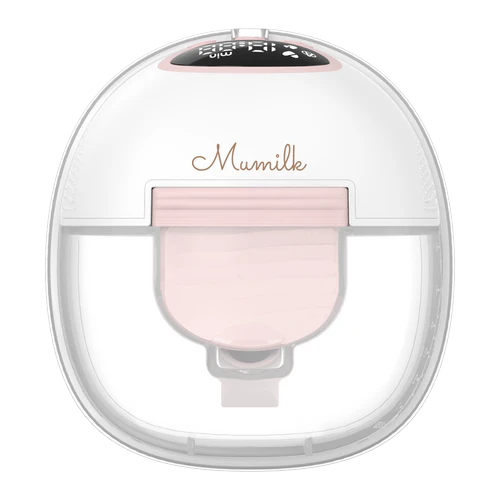
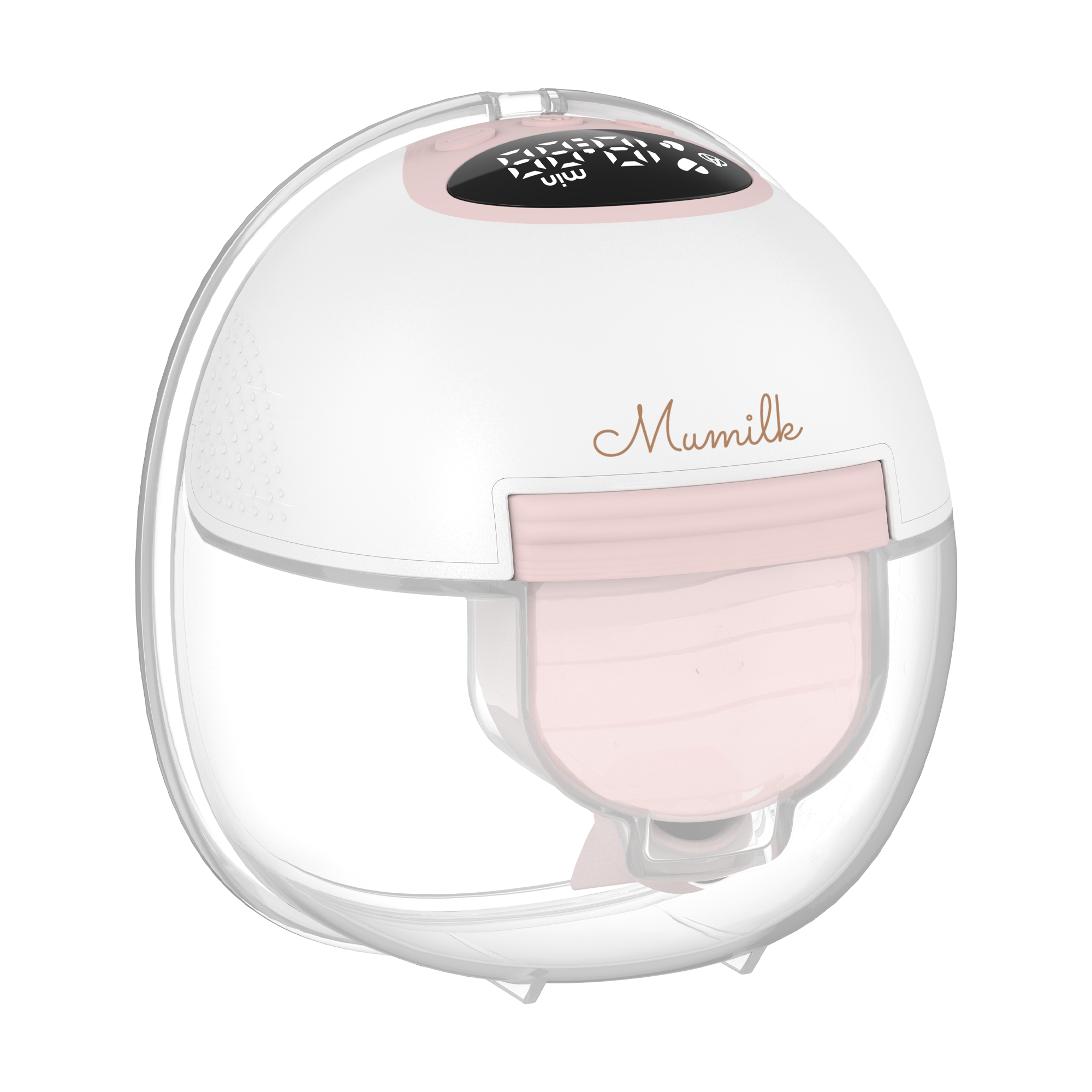


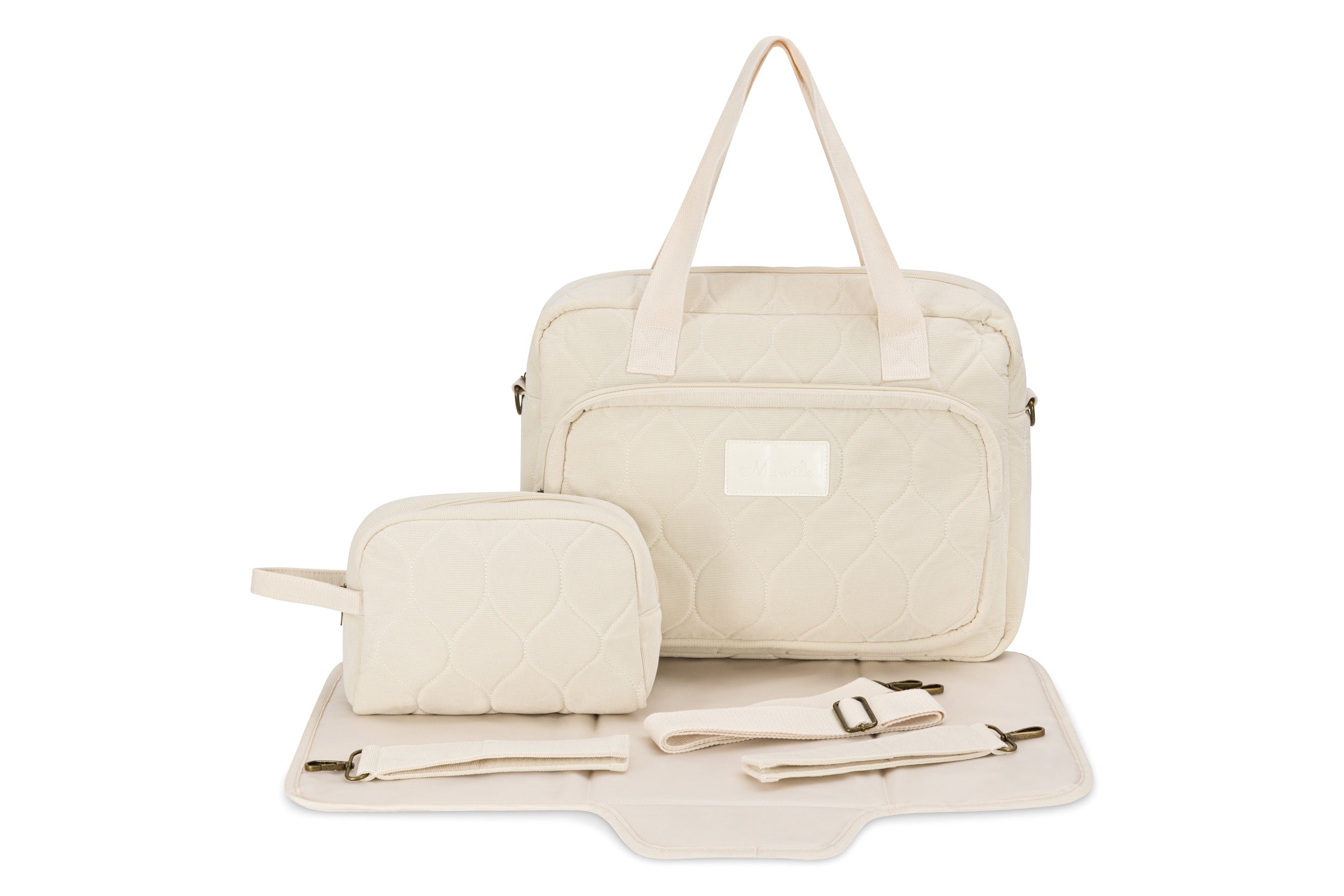

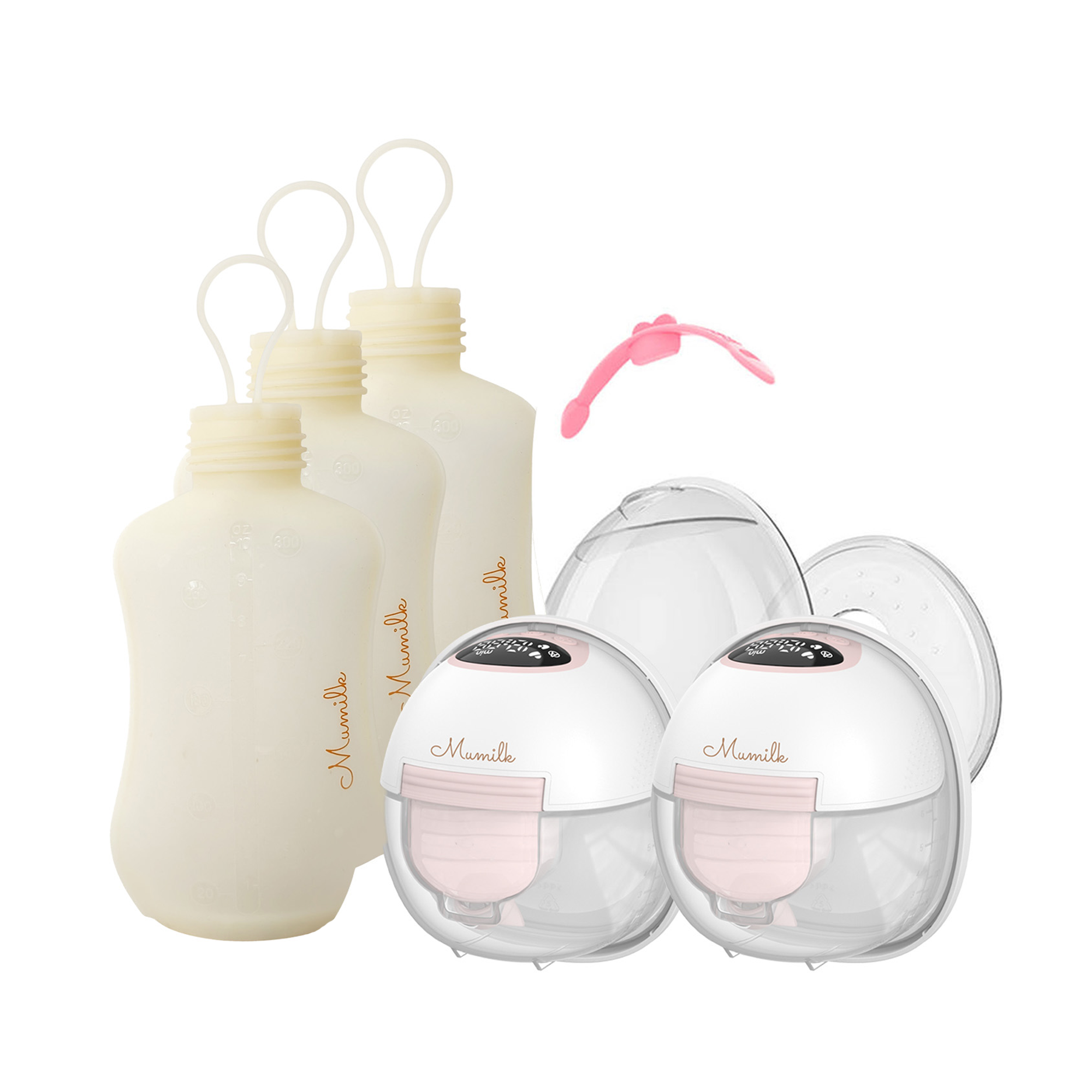
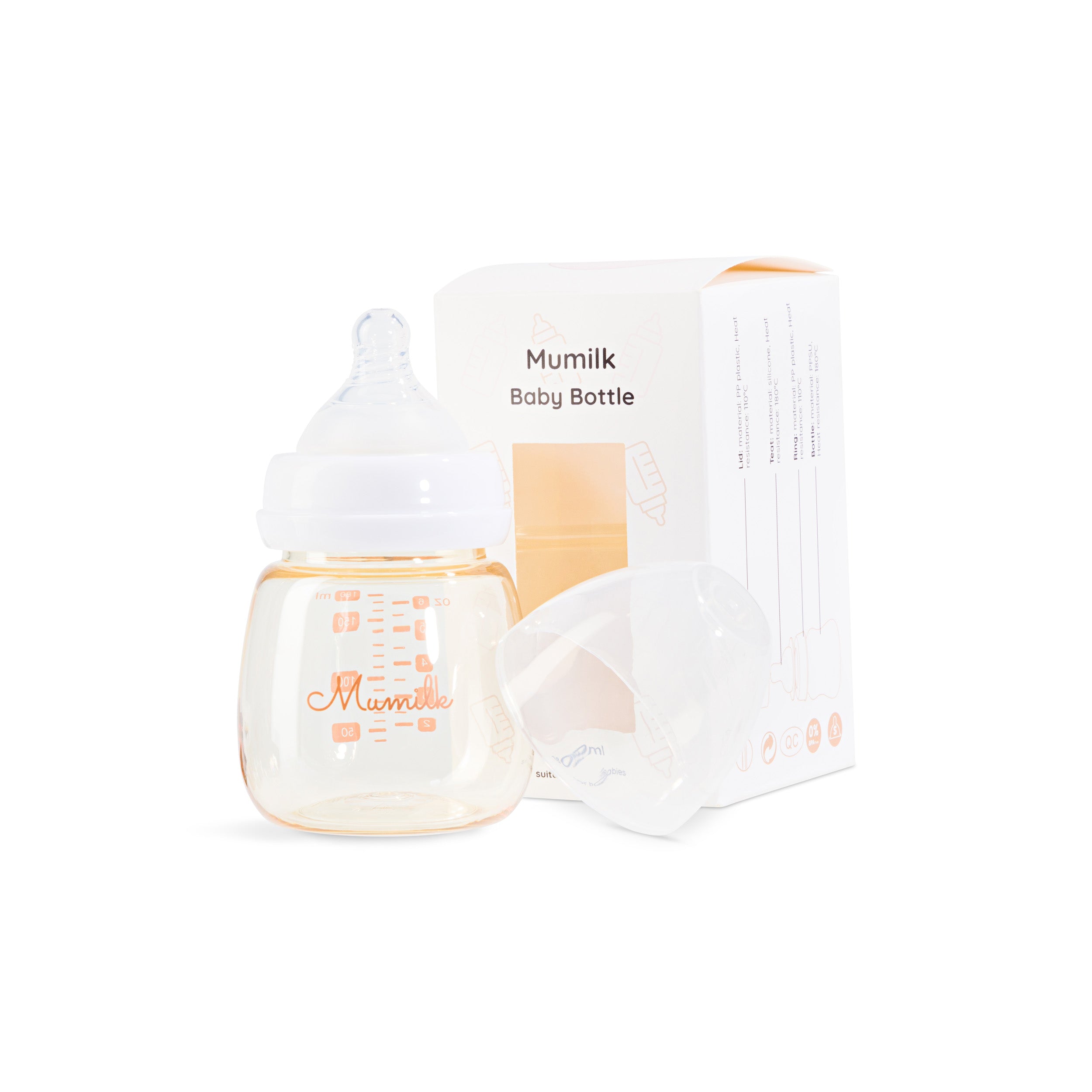
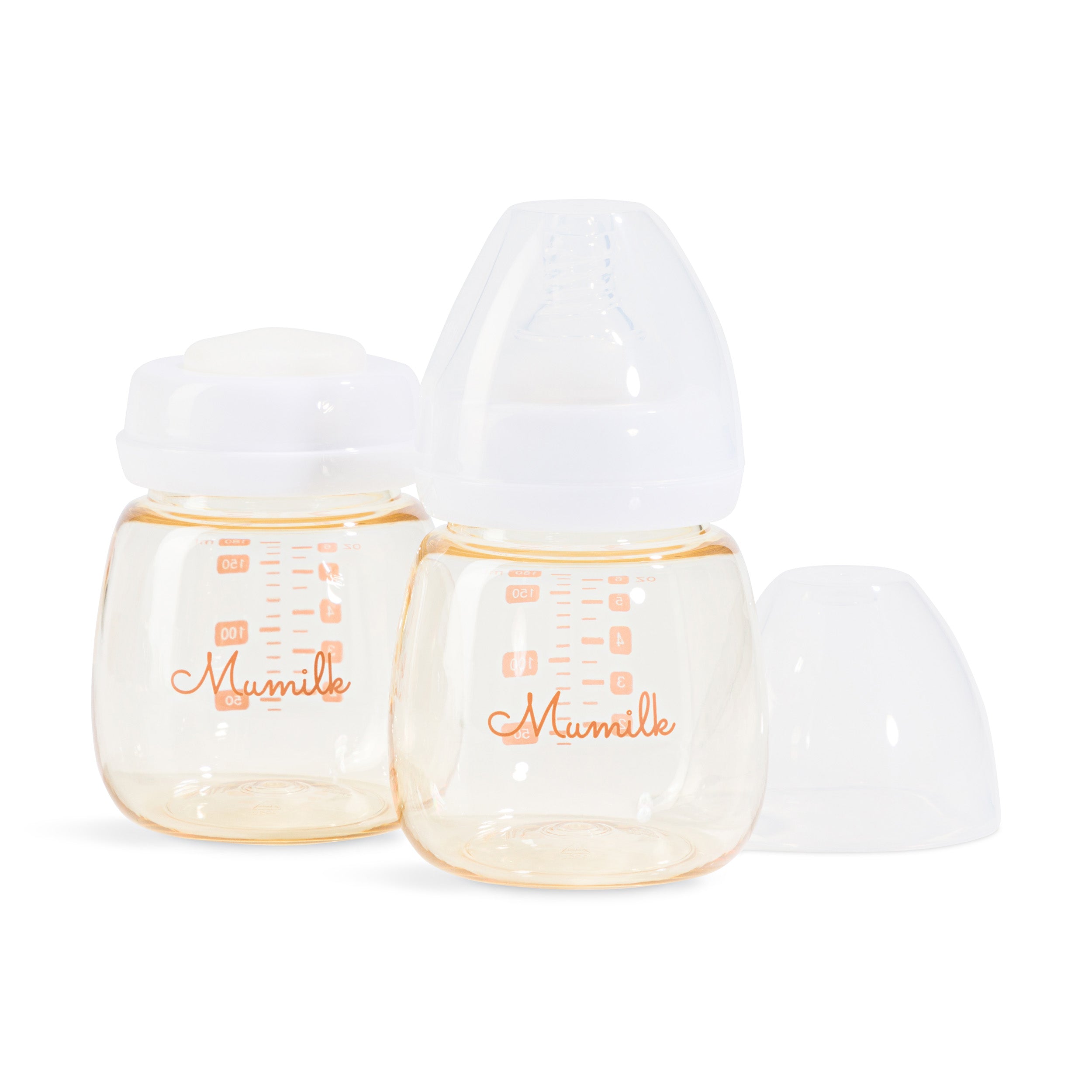
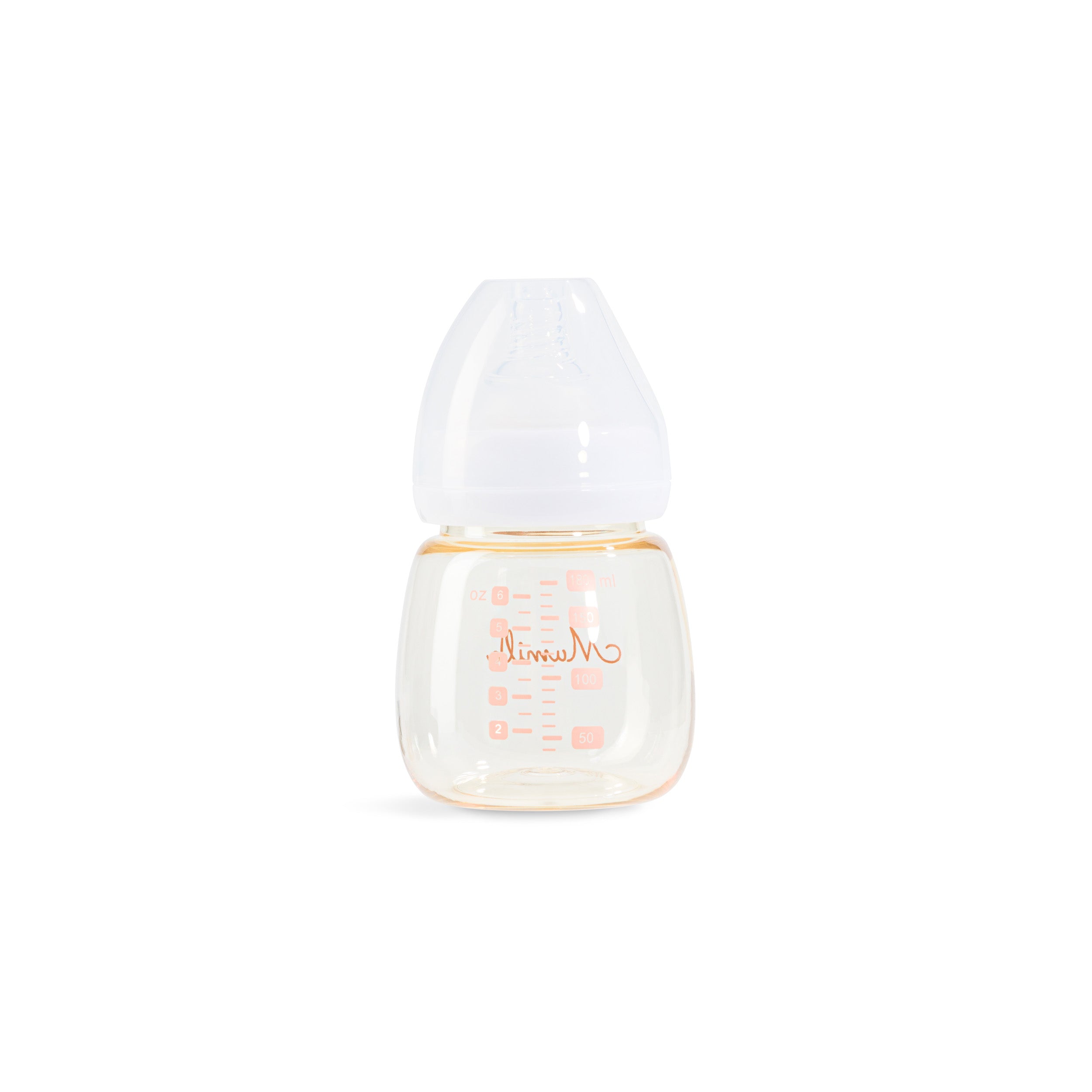
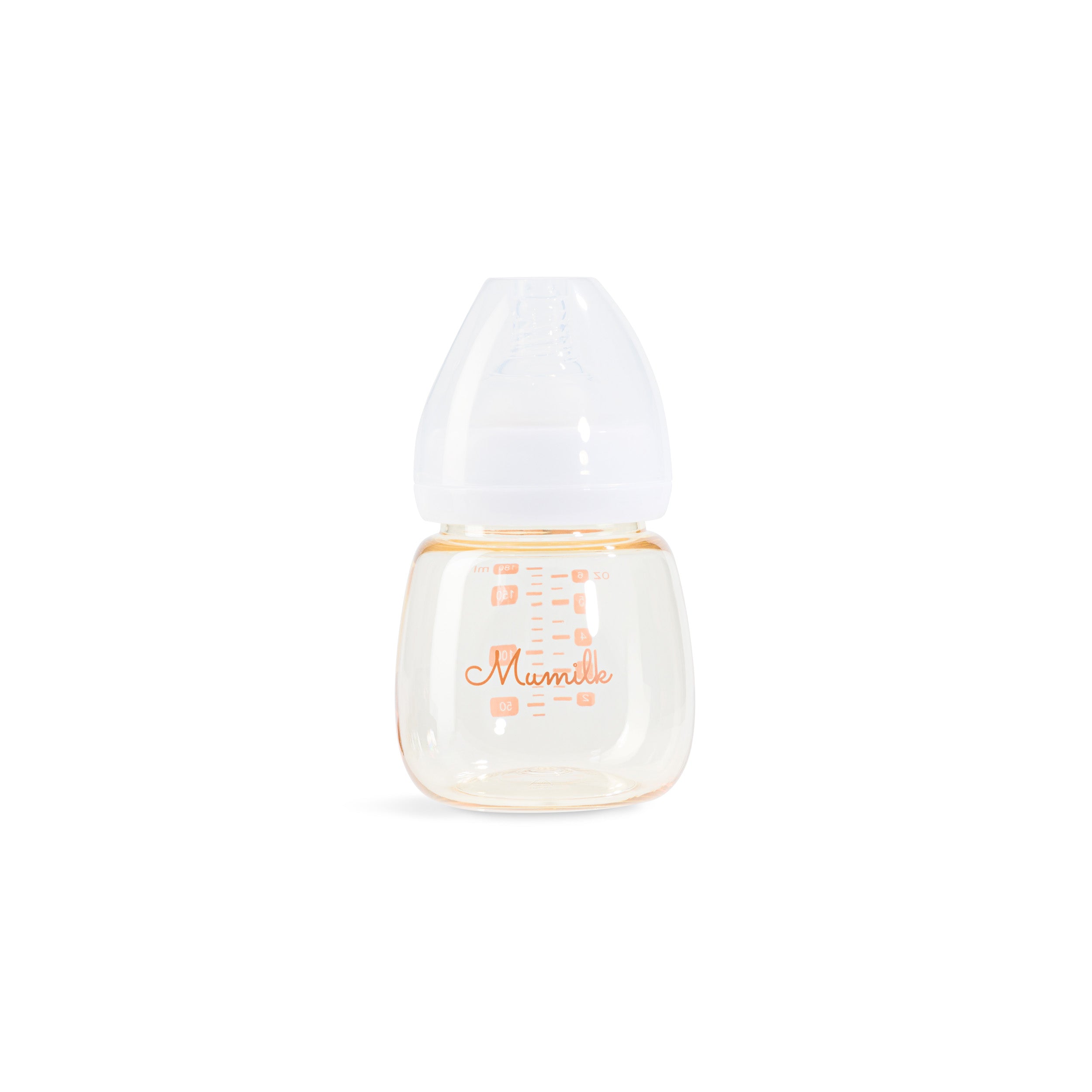
Share:
Foremilk vs Hindmilk: A Guide to Balanced Breastfeeding
How Much Breastmilk Does Newborn Need